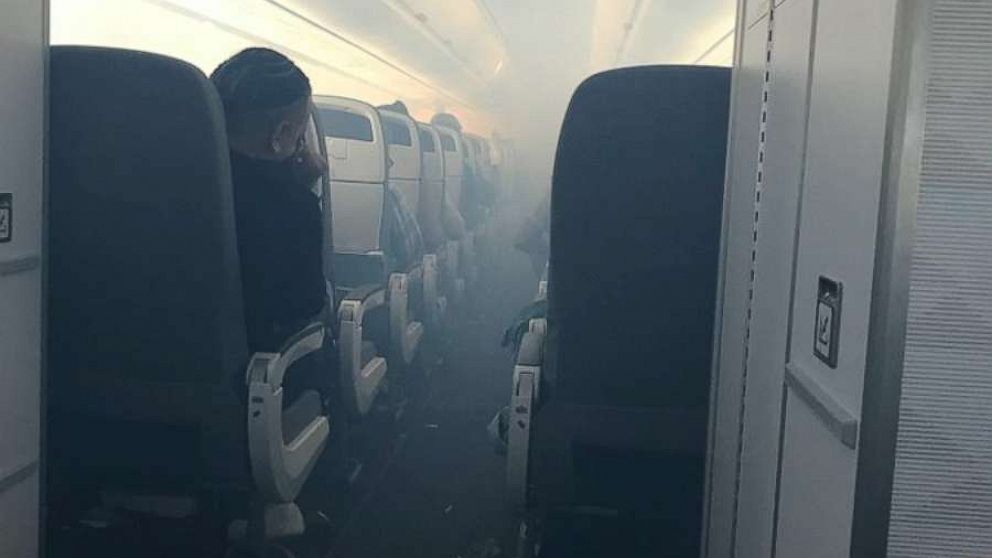FlyingAccountant
Well-Known Member

Hawaiian Airlines plane makes emergency landing due to smoke in the cabin; 7 hospitalized
The passenger jet was flying from Oakland to Honolulu.
A Hawaiian A321 had to make an emergency landing in HNL yesterday after smoke filled the cabin. The cause was attributed to a leaking seal that allowed oil to hit hot engine parts.
My question, what would have happened had this taken place two hours outside of HNL instead of 20 minutes? Would descending and depressurizing help? Or just press on and hope the pax are still alive when you land?
